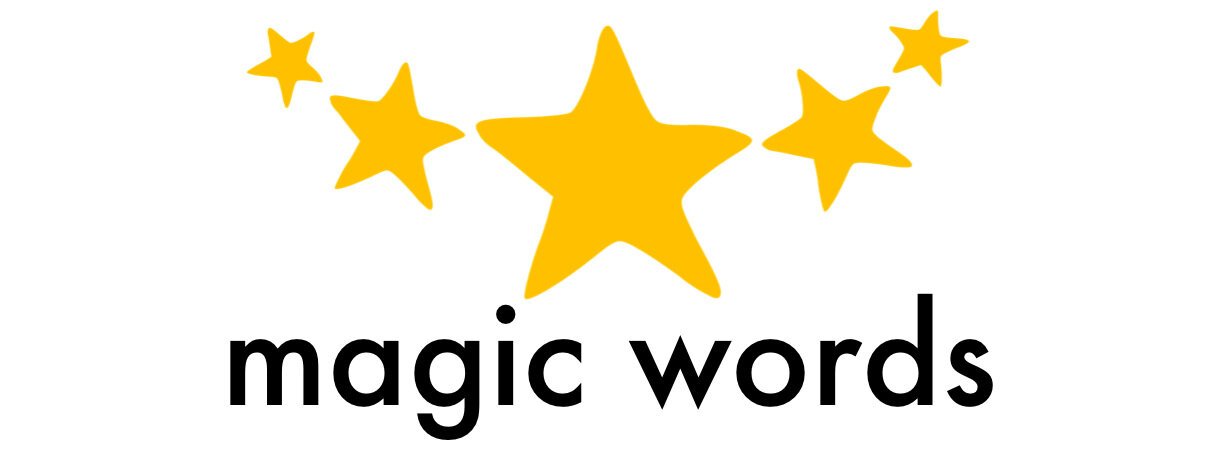By Magic Words Speech and Language Therapist, Eva Chan
Myth 1: Signing with my child will delay his talking
Fact: Signing provides extra clues to help your child better understand and bridge the communication barrier. Makaton is a unique language programme that incorporates signs, symbols and speech to facilitate effective communication.
An example of how helpful Makaton signing can be is if your child has difficulty understanding concepts of position such as on, in and under, supplementing these spoken words with Makaton signs will provide your child with a clear visual cue. It will also allow your child to express themselves effectively and eliminate any frustration they might feel when trying to communicate.
Myth 2: Asking my child to repeat her sentences when she stammers will help with her fluency
Fact: When a child is being put on the spot, their level of anxiety increases and that makes stammering worse. Instead of asking her to repeat her sentences, provide her with your undivided attention and let her know that she has all the time in the world to express her thoughts.
Myth 3: Children learning more than one language should be encouraged not to mix words from both languages in a sentence
Fact: Mixing different languages in one sentence, which is also known as ‘code switching’ is common for most children who are bilingual and if they are doing it, this is a good thing!
This is normal for children immersed in a bilingual environment. Code switching does not mean your child is confused by being exposed to more than one language. Rather, code switching is a sophisticated way of interacting unique to bilinguals as they are able to access words from multiple languages to best get their point across. Children who code switch are actually showing impressive skill with how they are developing language, so be proud of them rather than worried! As a child progresses in their language journey, most children will be able to effectively tell languages apart and switch between them appropriately.





